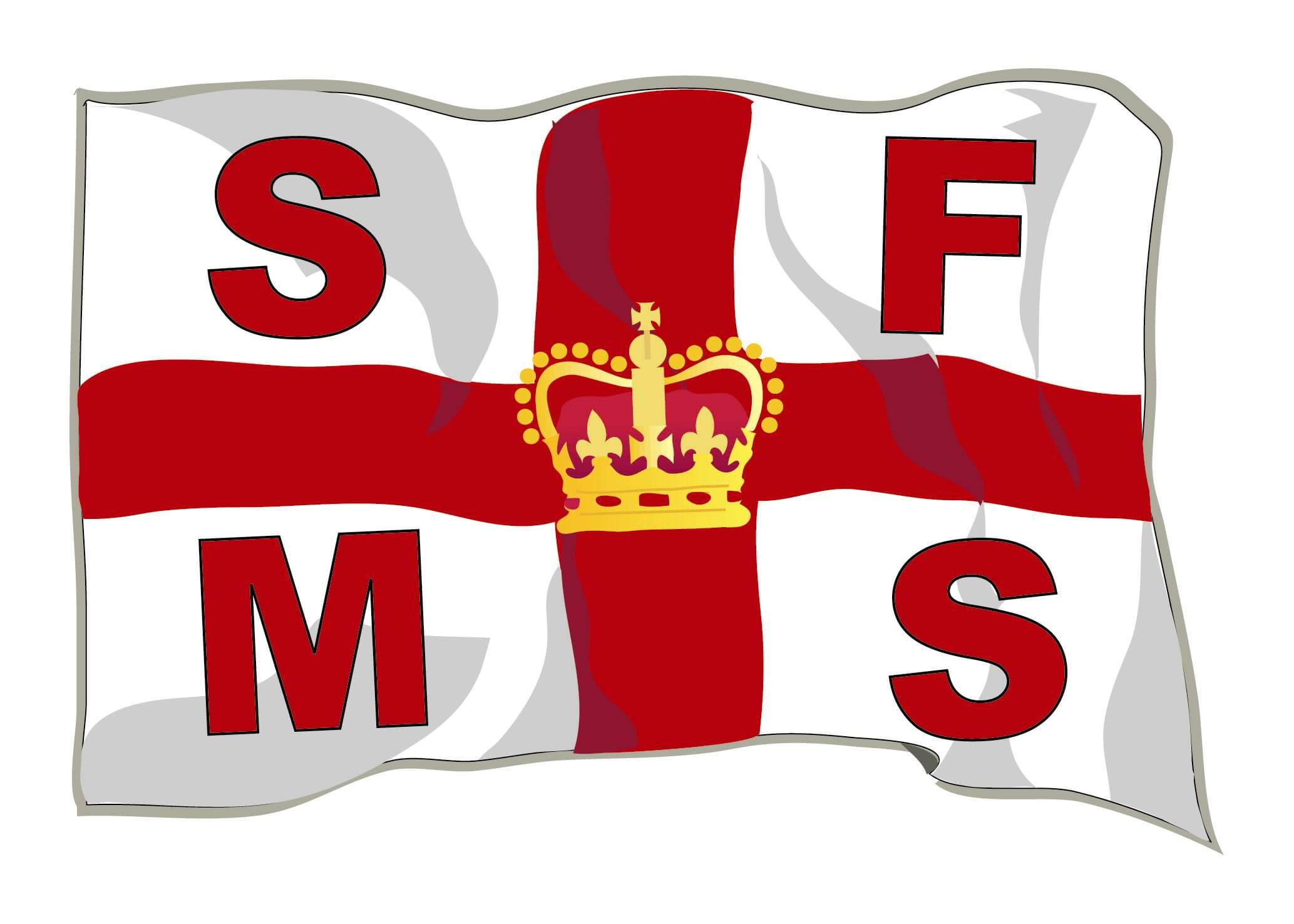Edward & Maisie Lewis Award 2008/09

EDWARD & MAISIE LEWIS award was made to Lieutenant Sean Kreuger, United States Coast Guard and crew of RN Helicopter ‘Rescue 193’ for evacuating a critically ill fisherman from the Spanish fishing vessel Pesca Verdes at night in mountainous seas on 10th November 2008.
At 2352 on 10 November 2008, 1.4 hours into their duty, the crew of the Royal Navy helicopter ‘Rescue l-93’were scrambled by the Aeronautical Rescue Coordination Centre Kinloss at the request of Medico Madrid to aid a fisherman onboard the 29.5 metre Spanish fishing vessel Pesca Verdes Tres. The vessel was reported to be l-SOnm SW of the lsle of Scilly in a westerly gale force g with rough seas. The casualty was reported to have suffered a severe abdominal injury and his condition assessed as life threatening. The fishing vessel had turned towards the UK and although steaming at full speed, it would only be at the extreme range of the Sea King at the time of the anticipated rendezvous. The crew of ‘Rescue 193’ comprised Lieutenant Sean Krueger United States Coast Guard (1-st Pilot, Aircraft Commander), Captain Martyn Roskilly Royal Marines (2nd pilot), Lieutenant Jonathan Hounsome Royal Navy (Observer) and Chief Petty Officer Aircrewman Dave Rigg (Winchman/Paramedic). Assessing the likely weather conditions on scene, the crew elected to depart RNAS Culdrose with a full fuel load and re-fuel en-route at St Mary’s on the lsle of Scilly in order to gain maximum endurance.
Despite being advised by ARCC Kinloss that a Nimrod aircraft would not be able to launch for a further the 30mins to provide top cover for the long-range mission, Lt Krueger elected to launch as planned to minimise any delay in effecting the rescue. After refuelling at St Mary’s, Lt Hounsome obtained an updated position of the vessel and crucially noted that it was heading further north of its expected rendezvous. This was resolved through Falmouth Coastguard and’Rescue l-93’arrived on scene at 0255 in atrocious conditions – gale force winds and mountainous seas, an inky black night with no references or horizon to help the crew stabilize in the hover. To make matters worse, the Pesca Verdes Tres was rolling excessively in the deep south-westerly swell, which was also causing the vessel to pitch heavily, and she was rising and falling by a5ft. Any transfer to the vessel was going to be very challenging made even more difficult by the lack of deck space and the obstructions cluttering her deck, including a plethora of radio aerials. Given the serious nature of the casualty’s injuries, the only safe option was to lower Chief Rigg onto the deck by use of a hi-line in order for him to give immediate medical treatment to stabilize the casualty and co-ordinate his evacuation by stretcher. Captain Roskilly liaised closely with the master of the vessel over the selection of a heading that reduced the degree of deck motion. Maintaining communications with ARCC Kinloss and the Nimrod which had now arrived on scene, he continued to provide vital feedback on aircraft performance and endurance to the remainder of the crew. Utilising a mixture of white light and night vision goggles, his commentary on the approaching wave-sets, swell and the likely motion of the vessel was vital in allowing the crew to seize the fleeting lulls in deck motion and conduct the transfers. Lt Hounsome directed the aircraft into a high hover in order to maintain aircraft safety and successfully passed a hi-line to the vessel’s crew. Lowering Chief Rigg to a suitable height above the sea, Lt Hounsome provided calm directions, translating Chief Rigg’s hand signals into clear manoeuvring orders to the pilots. For a period of 10-15 minutes Chief Rigg remained suspended on the winch wire, composed and selfless, whilst being battered by the elements as they waited for the opportune moment to move over the vessel. At one point during this transfer, the aircraft and the vessel started to part company due to the violent, unpredictable sea. The hi-line parted and Chief Rigg was recovered back into the aircraft in order to re-assess the situation.
Realising that the hi-line procedure was unlikely to succeed, a small area above the well deck on the rear port quarter of the vessel was selected for a conventional transfer. Despite the greater risks involved the crew elected to attempt the transfer. Once again the aircraft stood off the vessel for 1015 minutes with Chief Rigg suspended 60-70 feet below until there was a very short lull in deck movement. He was then deposited firmly on deck, rapidly detached himself from the winch wire and set to work on the casualty below.
The casualty had been critically injured by a cable that had parted and almost severed his upper and lower torso, a condition far more serious than the crew of ‘Rescue 193’ had been informed of. Chief Rigg, a paramedic trained aircrewman, did as much as he could to stabilise the man before returning to the upper deck to take charge of the vessel’s crew. Three further successful hi-line transfers were conducted to pass the stretcher to the vessel, recover the stretcher and casualty, and to recover Chief Rigg to the aircraft. ln total, it had taken 1hr 11mins to conduct these transfers. Conventional Search and Rescue planning allows for 30mins on scene so the decision to re-fuel on the lsles of Scilly was a key factor in the successful recovery of the casualty. Throughout the transfers Lt Krueger demonstrated a high degree of handling skill, captaincy and spatial awareness in minimising the hazards to the aircraft and crew. The motion of the vessel, coupled with limited and at times no hover references, was such that the transfers took all of the crew’s skill and experience. Despite spending over an hour in physically exhausting conditions, followed by a wild recovery to the aircraft, Chief Rigg continued to administer emergency care assisted by Lt Hounsome, successfully resuscitating the casualty on 5 separate occasions. Sadly, the casualty died from his severe injuries before ‘ Rescue 193’ reached the Royal Cornwall Hospital. The aircraft returned to RNAS Culdrose at 0534, by which time the crew had been on duty for nearly 20 hours.


